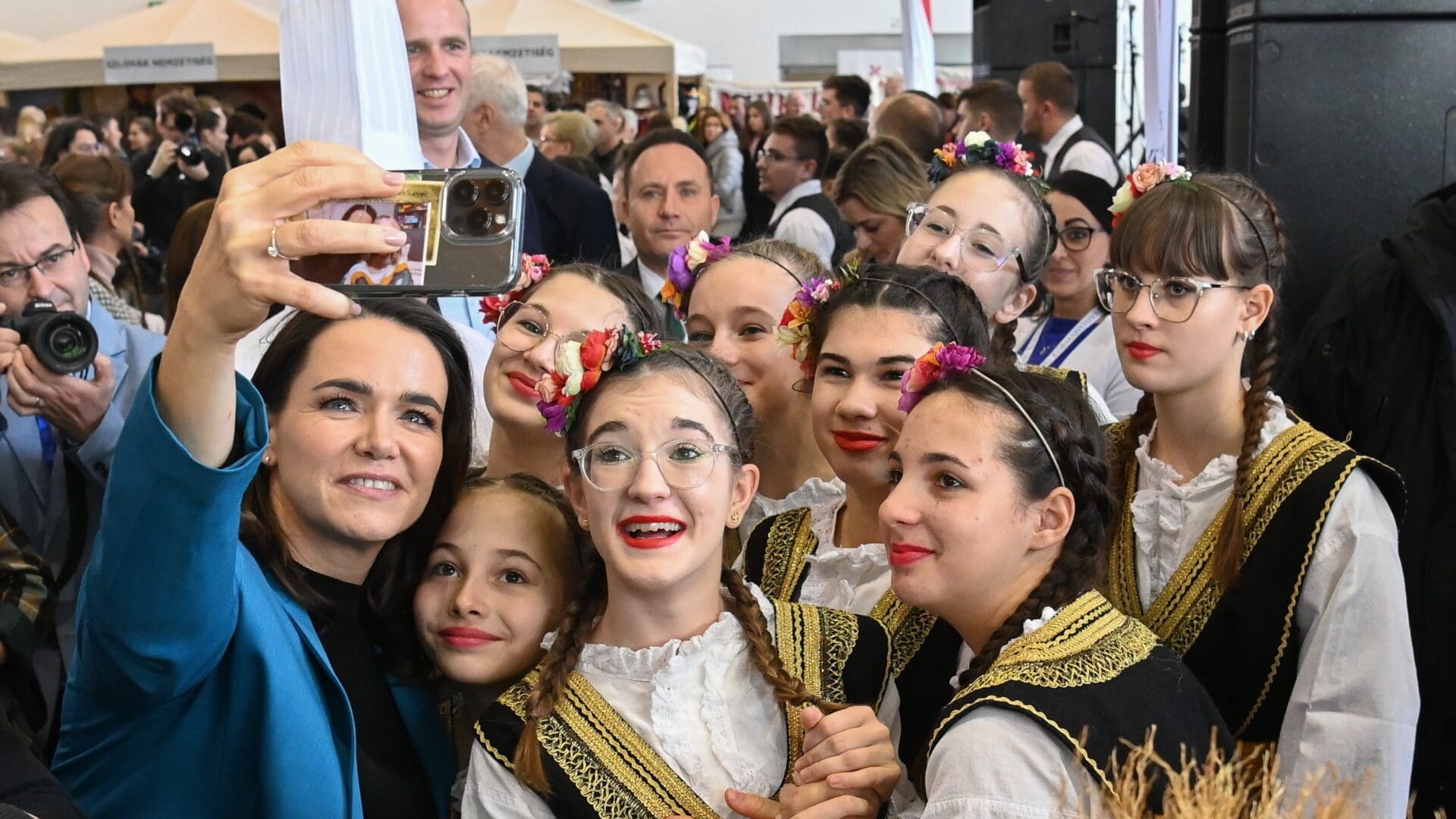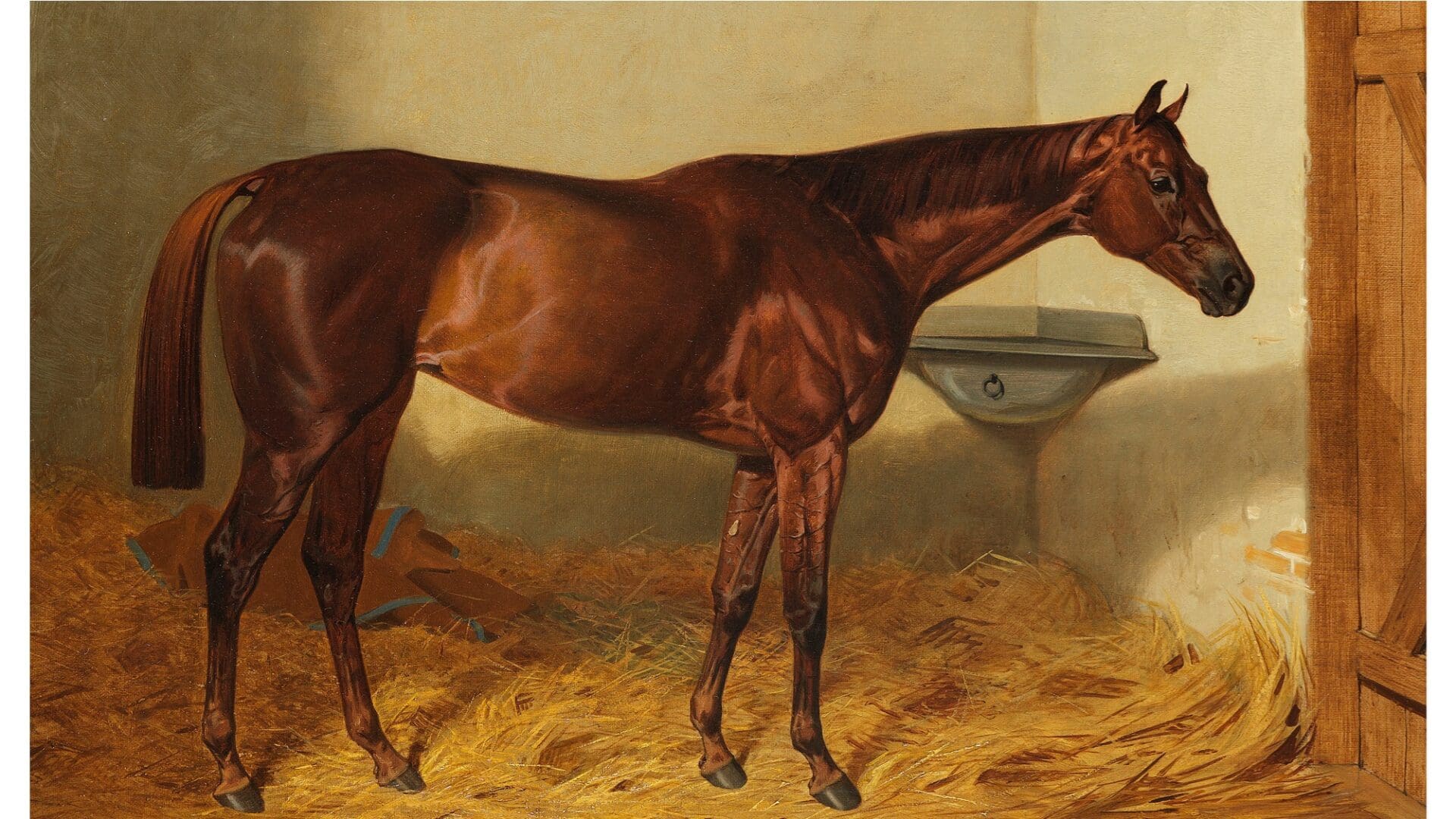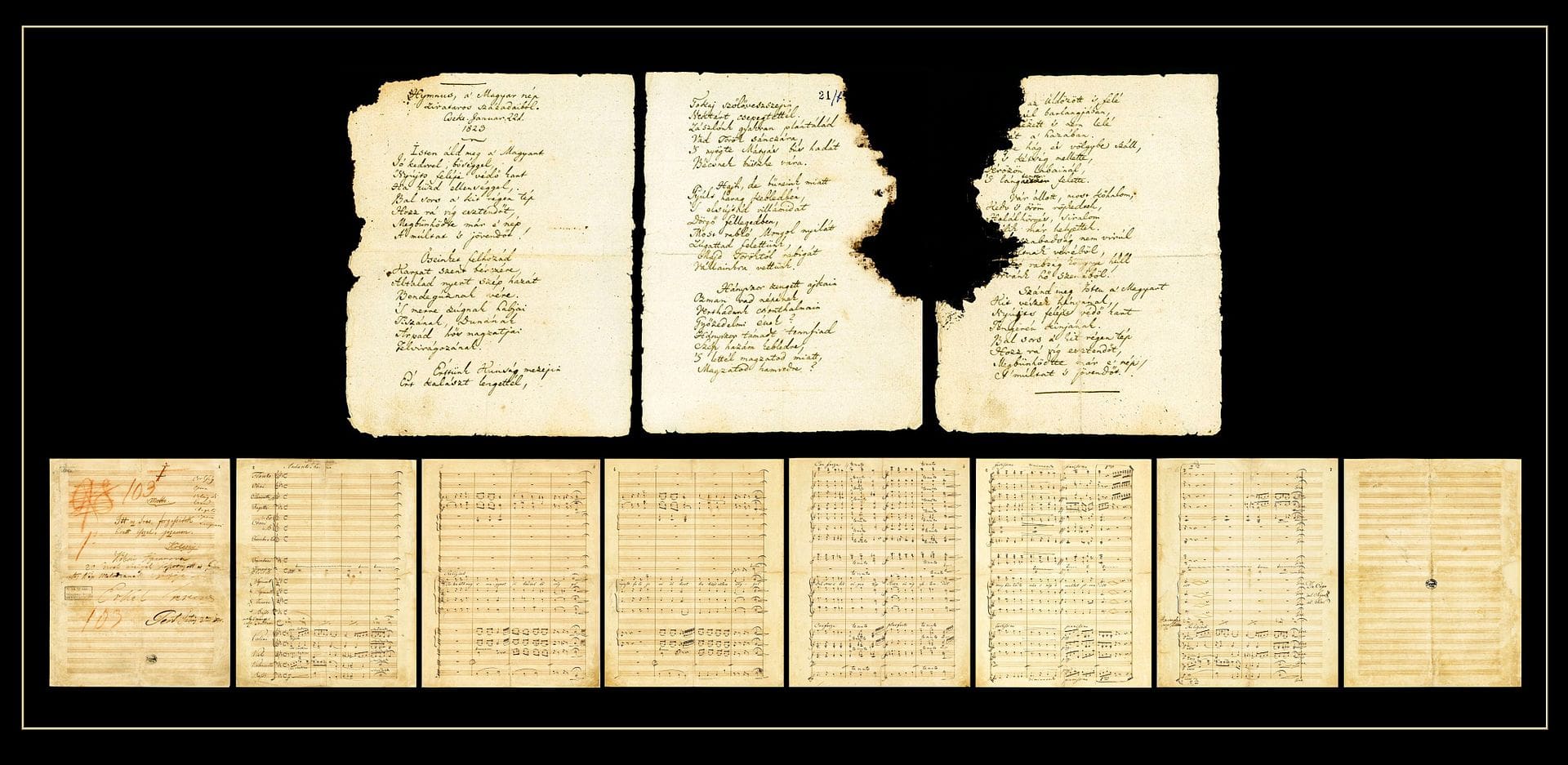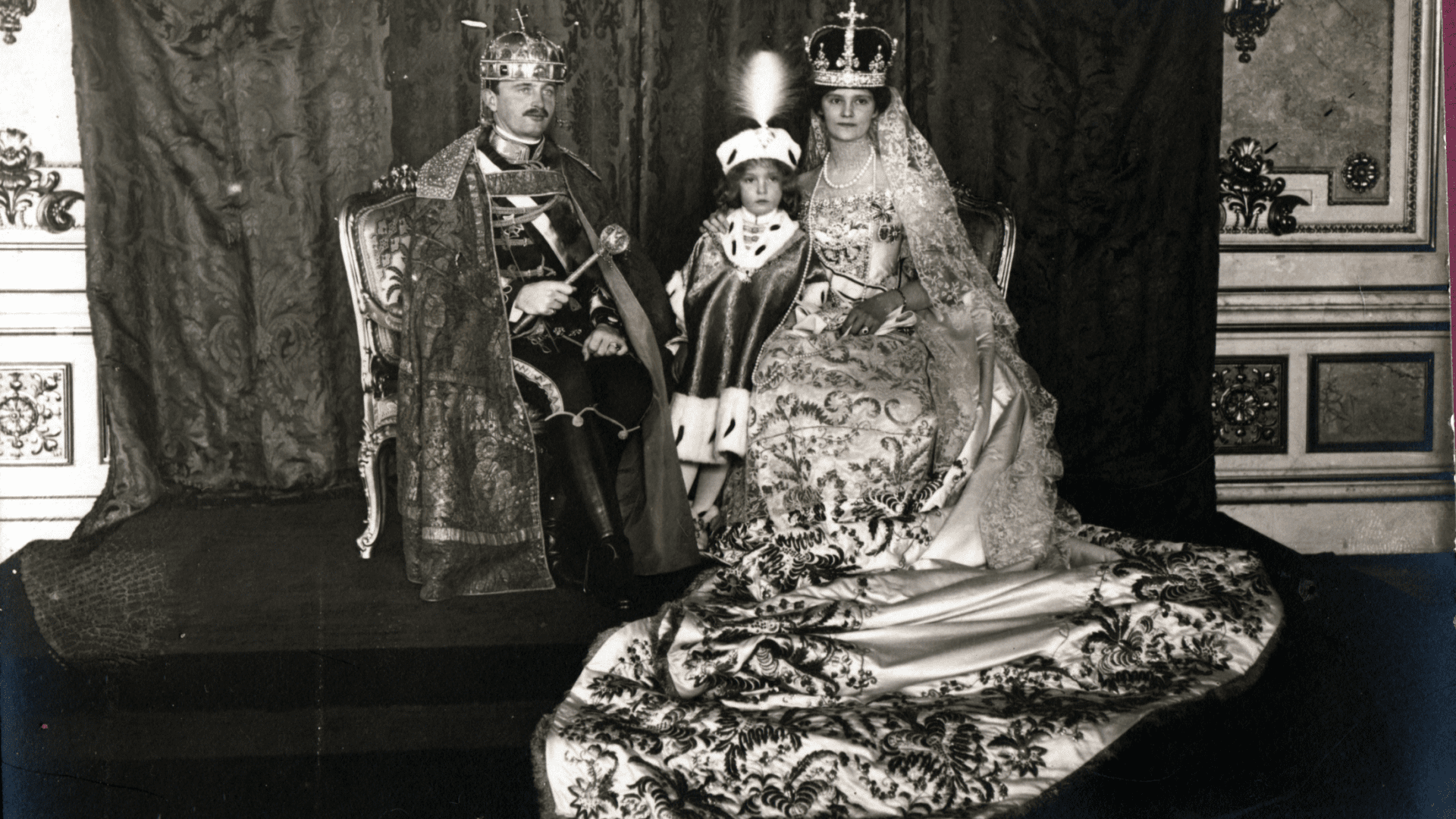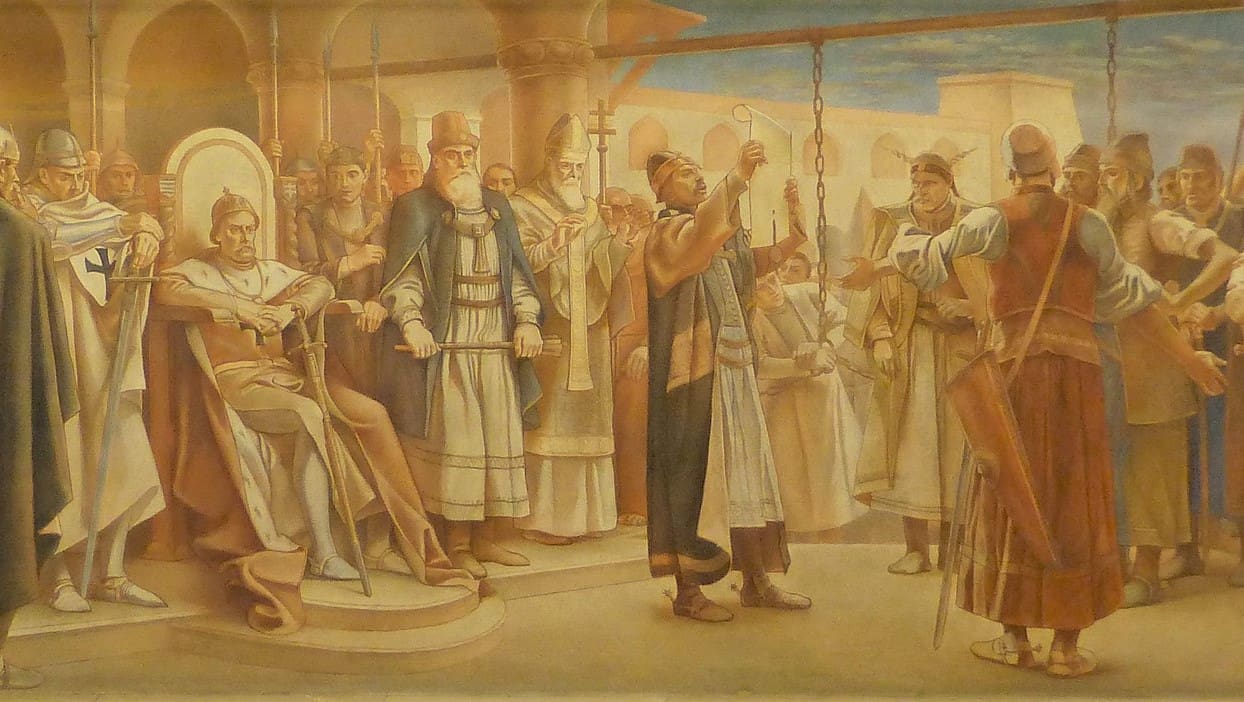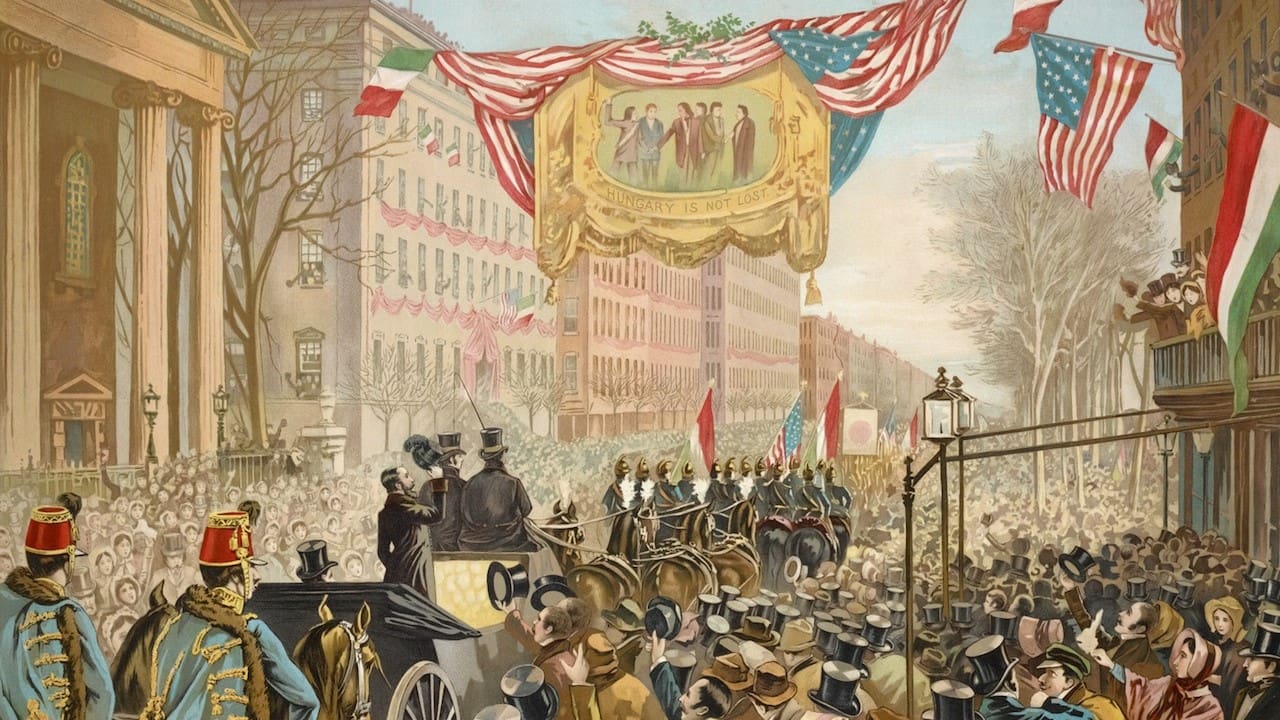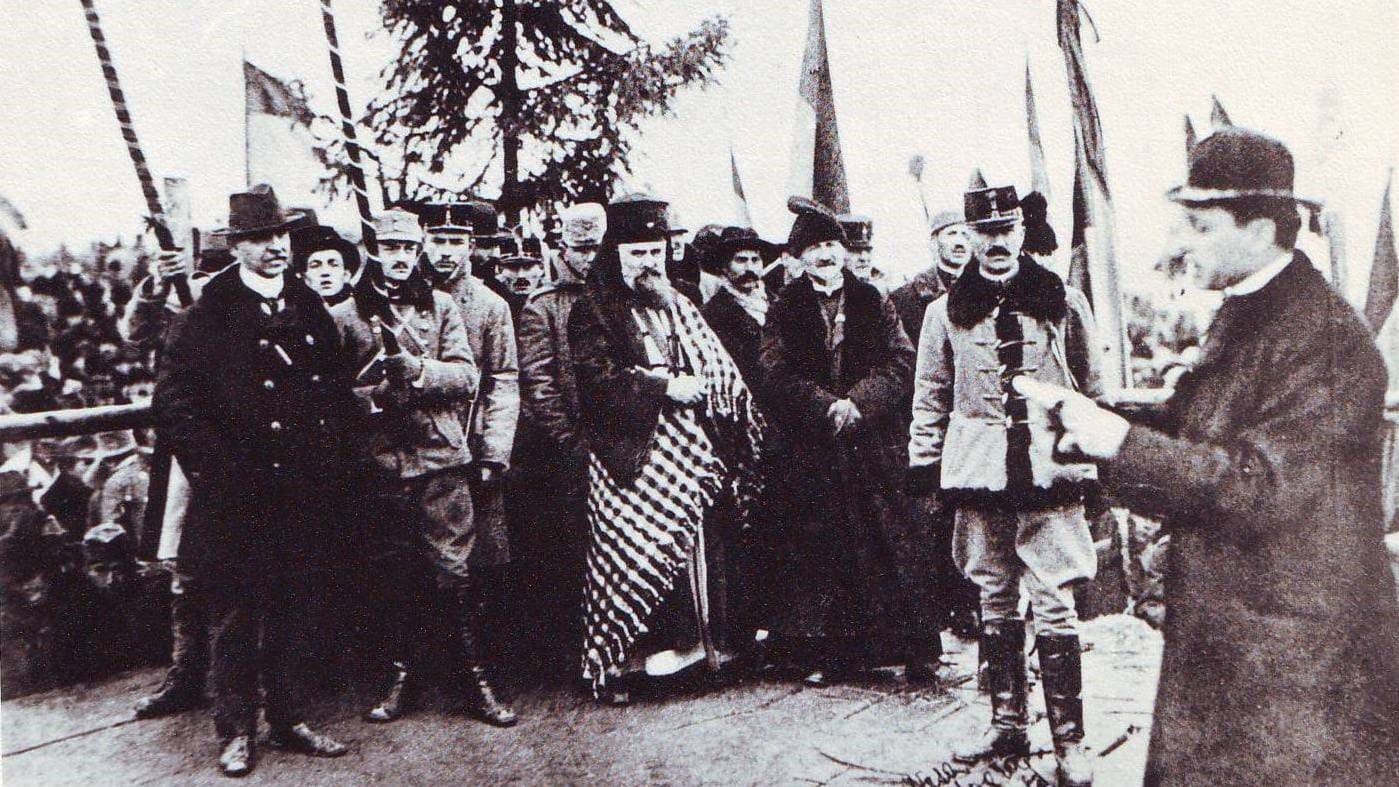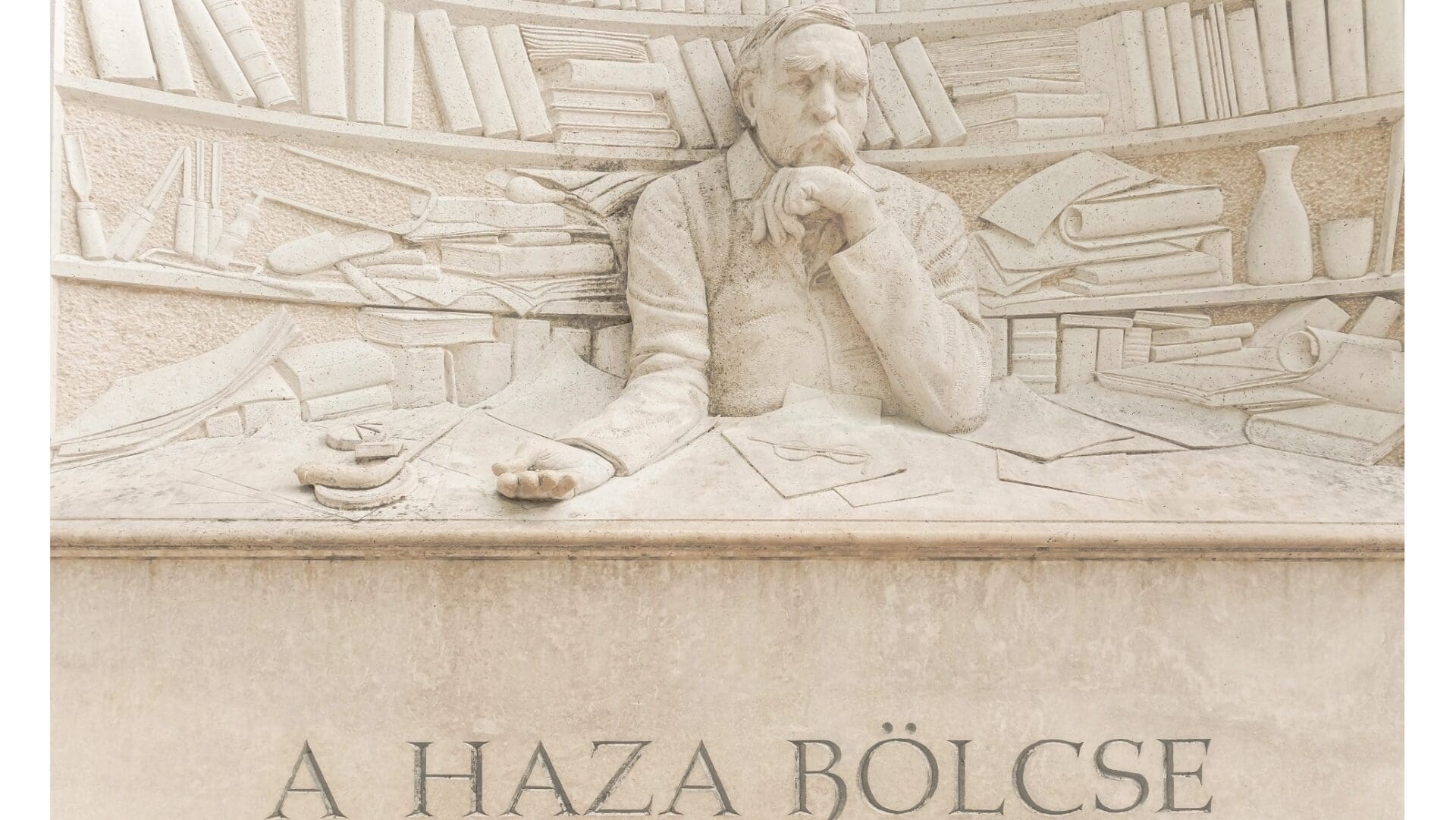
The Man Behind ‘the Great Compromise’, the Wise Ferenc Deák
Ferenc Deák, the primary facilitator of the Austro–Hungarian Compromise of 1867, the country’s first Minister of Justice, and the namesake of so many public spaces and institutions in Hungary today, passed away 148 years ago on this day.

